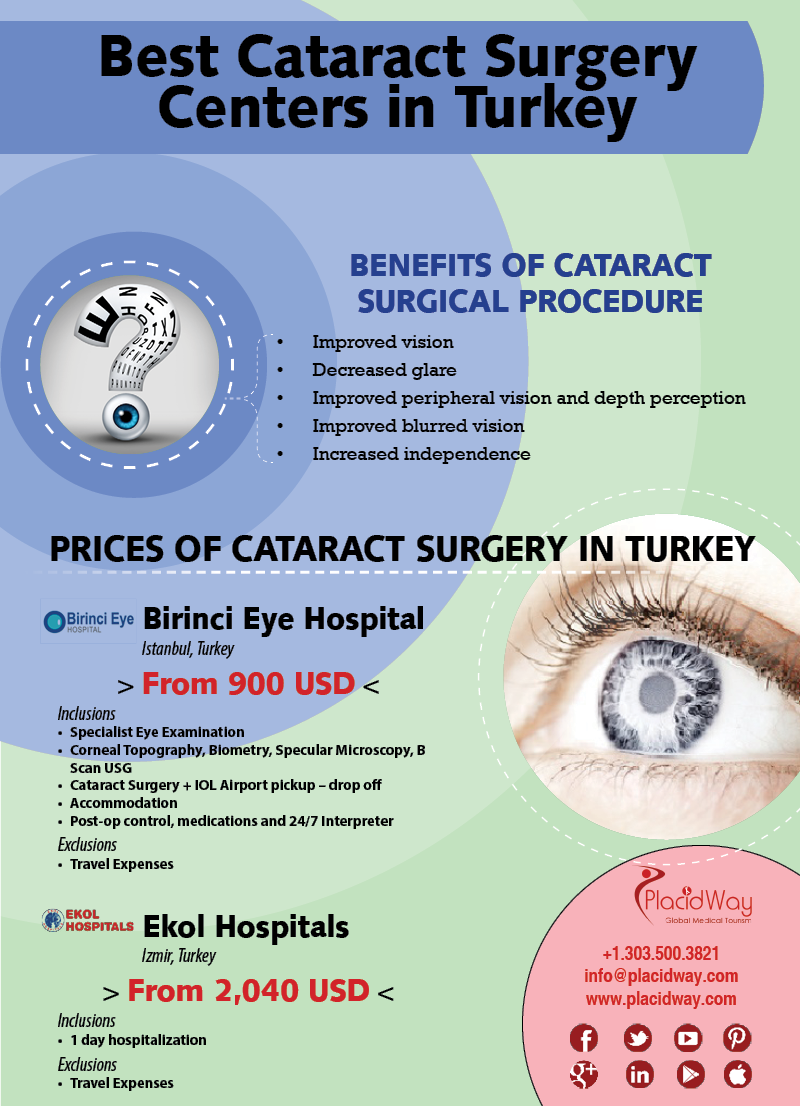Contrasting Typical Cataract Surgical Treatment To Laser-Assisted Techniques: Pros And Cons
Contrasting Typical Cataract Surgical Treatment To Laser-Assisted Techniques: Pros And Cons
Blog Article
Web Content Author-Schack Bach
When contemplating the option between standard cataract surgical treatment and laser-assisted strategies, you may find yourself weighing the benefits and drawbacks each technique provides. The decision surpasses the surface level of price and accuracy, delving right into the world of long-lasting outcomes and patient contentment. As you navigate with the complexities of these two approaches, it becomes crucial to understand the nuanced information that can considerably affect your visual clarity and total experience. Remain tuned to uncover the crucial factors that will guide your decision-making procedure in this important facet of eye treatment.
Standard Cataract Surgical Treatment Pros and Cons
When considering conventional cataract surgery, you might find that it's a reputable and widely-used technique. In this procedure, a specialist makes a tiny cut in the eye and utilizes ultrasound to break up the over cast lens prior to removing it. When the cataract is eliminated, a fabricated lens is inserted to recover clear vision.
Among the main benefits of typical cataract surgery is its track record of success. Lots of clients have had their vision considerably enhanced via this treatment. Additionally, standard surgical procedure is commonly covered by insurance, making it a much more easily accessible alternative for numerous individuals.
Nevertheless, there are some drawbacks to traditional cataract surgery as well. Recovery time can be longer compared to newer methods, and there's a somewhat higher threat of issues such as infection or inflammation. Some patients might likewise experience astigmatism or call for reading glasses post-surgery.
Laser-Assisted Techniques Benefits And Drawbacks
Exploring laser-assisted methods for cataract surgical treatment introduces a modern-day approach that makes use of laser innovation to perform vital action in the treatment. One of the primary benefits of laser-assisted cataract surgical procedure is its accuracy. The laser permits exceptionally exact incisions, which can cause far better visual outcomes. Furthermore, making use of lasers can decrease the amount of ultrasound energy needed throughout the surgical procedure, possibly decreasing the threat of complications such as corneal damages.
On the drawback, laser-assisted methods can be extra costly compared to standard techniques. This cost mightn't be covered by insurance, making it much less easily accessible to some individuals.
Another consideration is that not all cataract specialists are learnt laser technology, which might limit your options for choosing a cosmetic surgeon.
Finally, while the laser can automate specific aspects of the treatment, the surgical procedure still calls for an experienced doctor to guarantee successful outcomes.
Relative Evaluation of Both Methods
For an extensive understanding of cataract surgery strategies, it's necessary to conduct a comparative evaluation of both typical and laser-assisted techniques.
Traditional cataract surgical procedure entails hand-operated lacerations and using handheld devices to separate and get rid of the over cast lens.
On the other hand, laser-assisted cataract surgical procedure uses advanced modern technology to develop accurate incisions and break up the cataract with laser energy prior to removing it.
In regards to accuracy, laser-assisted methods offer a higher level of accuracy contrasted to traditional approaches. The use of lasers enables personalization of the treatment based on each client's eye makeup, potentially bring about much better aesthetic outcomes.
Nevertheless, laser-assisted cataract surgery tends to be extra expensive than traditional surgical procedure, which may restrict availability for some clients.
While both techniques are effective in bring back vision impaired by cataracts, the choice between standard and laser-assisted methods frequently relies on aspects such as price, precision, and specific client demands.
Consulting with your ophthalmologist can aid identify the most suitable strategy for your cataract surgical procedure.
Conclusion
To conclude, when determining in between typical cataract surgical treatment and laser-assisted methods, think about factors like expense, precision, and private demands. mouse click the up coming article uses a tried and tested performance history and insurance policy protection but may come with longer recuperation times. Laser-assisted methods give greater precision and modification yet can be extra expensive and not constantly covered by insurance. Inevitably, cataract surgery results in between the two methods depends on what is crucial to you and your specific situation.
